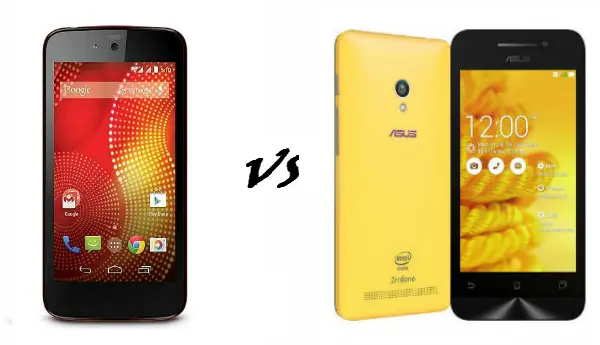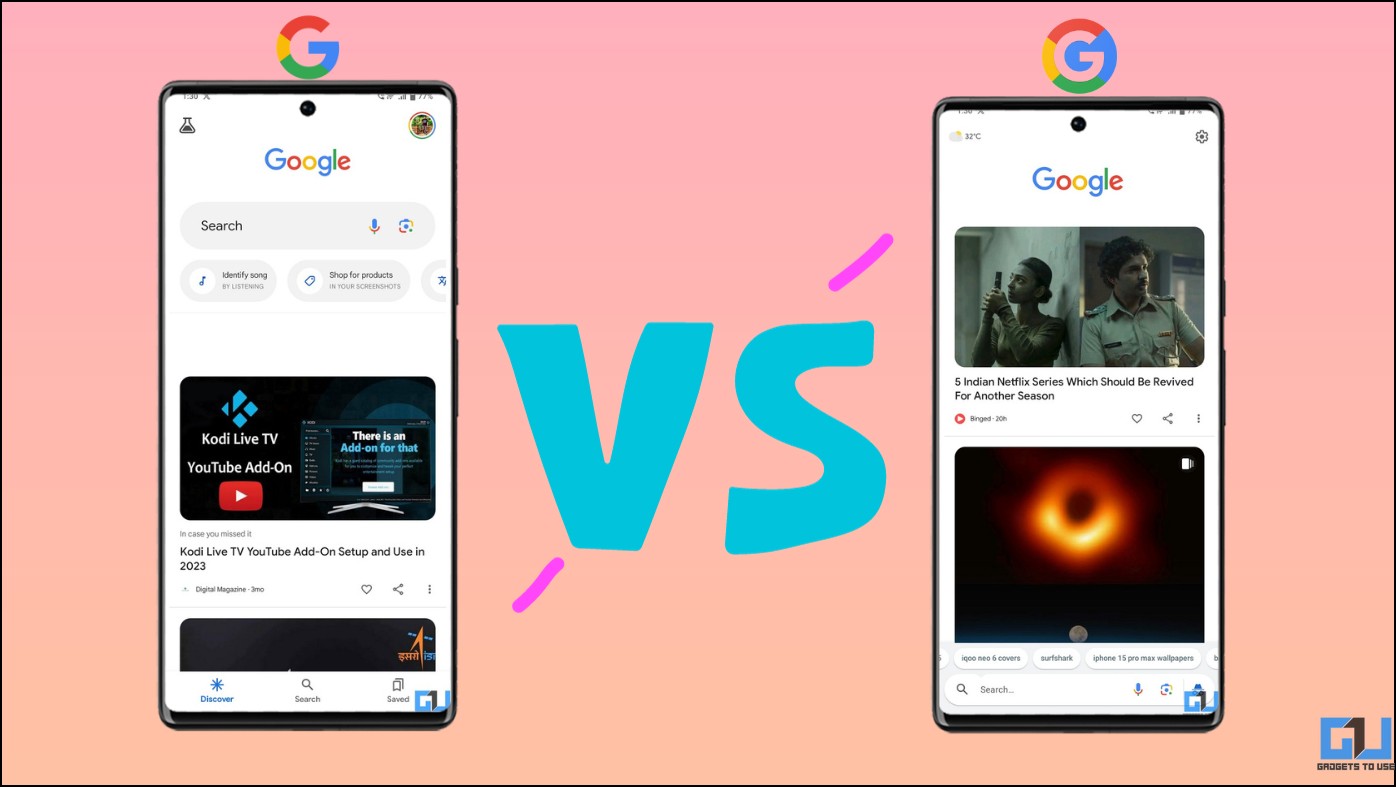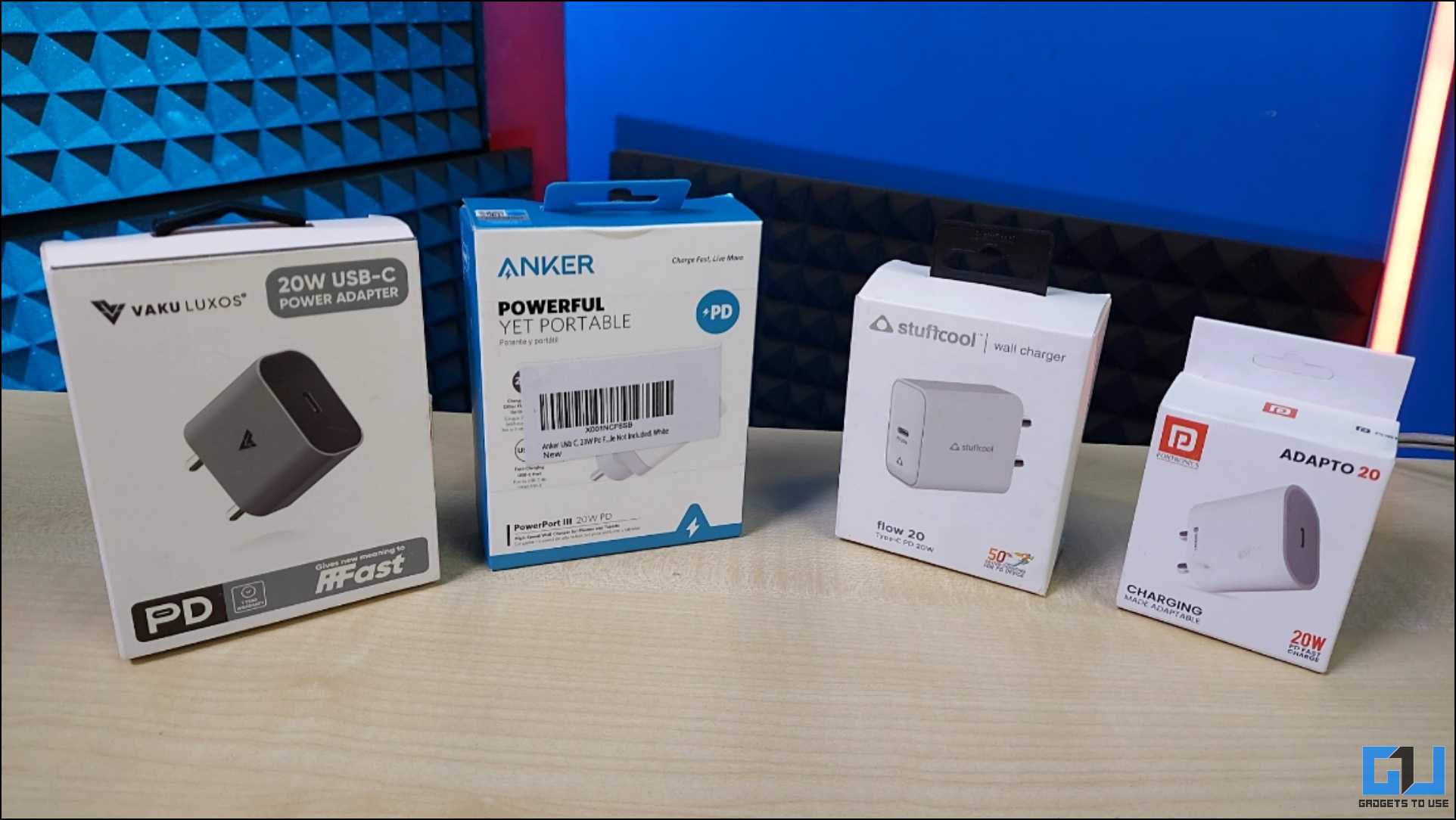It is worth mentioning that the Android One smartphones have made all stones turn towards them as they are priced pretty low with decent specifications. However, the entry-level smartphone market has already witnessed many such offerings from numerous manufacturers such as Asus, Motorola and others. The Asus Zenfone 4 priced at Rs 5,999 can be a worthy competitor to the Android One smartphones and here we have a comparison to see how well they both stack up against each other.
Display and Processor
The reference model of Android One carries a 4.5 inch IPS display that features a screen resolution of 480×854 pixels and a pixel density of 217 pixels per inch. On the other hand, the smaller 4 inch display on the Zenfone 4 packs 480×800 pixel resolution that translates to a relatively higher pixel density of 233 pixels per inch. Both the displays are mediocre and they are not the best ones that we have seen in the entry-level smartphones. However, they render decent levels of color reproduction and are responsive enough for basic tasks.
Quick Buy Now Android One Phones
Micromax Canvas A1 – http://goo.gl/0pqAqh
Karbonn Sparkle V – http://goo.gl/7tpPn3
Spice Dream Uno – http://goo.gl/R58DUP
When it comes to the processing power department, the Android One lineup is powered by a quad-core 1.3 GHz MediaTek MT6582 processor backed by Mali 400 graphics unit and 1 GB of RAM. Going by the comparison, the Zenfone 4 is stuffed with a 1.2 GHz Intel Atom Z2520 dual-core processor that feature the Hyper Threading technology for faster performance. This Intel chipset is powered by Adreno 302 graphics unit and 1 GB of RAM. Thereby, we can expect both the smartphones to render decent performance for their pricing.
Camera and Internal Storage
The imaging hardware on both the devices is average as they boast a 5 MP rear shooter at their back. However, the Android One devices seem to fare well with LED flash at the back and a better 2 MP selfie camera at the front as compared to the VGA camera on the Zenfone 4.
The Asus Zenfone 4 tops in the storage department with 8 GB of internal storage capacity that will definitely have 5 GB of storage space for storing the applications as compared to the paltry 4 GB of storage capacity in the Android One smartphones that will provide only 2 GB for applications. Also, the Asus phone supports expandable storage support up to 64 GB as opposed to the additional storage support of 32 GB in the Android One offerings.
Battery and Features
The battery capacity in both the smartphones are pretty basic with a 1,700 mAh unit in the Android One phones and a 1,600 mAh unit in the Zenfone 4. With such batteries, it is certain that it is tough for the handsets to stay alive for a day even under moderate usage.
The Android One smartphones have one major advantage and that is none other than the Android 4.4.4 KitKat operating system that is upgradeable to the upcoming Android L platform. On the other hand, the Zenfone 4 is stuck on to Android 4.3 Jelly Bean that is not so appealing. However, based on Zen UI the Asus offering comes with new features such as ZenLink and others that will enhance the user experience.
Key Specs
| Model | Android One | Asus Zenfone 4 |
| Display | 4.5 inch, FWVGA | 4 inch, WVGA |
| Processor | 1.3 GHz Quad Core MediaTek MT6582 | 1.2 GHz Dual Core Intel Atom Z2520 |
| RAM | 1 GB | 1 GB |
| Internal Storage | 4 GB, Expandable up to 32 GB | 8 GB, Expandable up to 64 GB |
| OS | Android 4.4.4 KitKat, Upgradeable to Android L | Android 4.3 Jelly Bean |
| Camera | 5 MP/ 2 MP | 5 MP/ VGA |
| Battery | 1,700 mAh | 1,600 mAh |
| Price | Rs 6,399 | Rs 5,999 |
Price and Conclusion
Both the smartphones are priced almost similarly with not a major difference and they should be worthy entry-level offerings for the price conscious consumers. Even when it comes to the hardware, they are not too different as they come with almost similar aspects expect for a few aspects such as a stronger display and enhanced storage on the Zenfone 4. However, software aspects favor the Android One smartphones as these devices are fueled by the most recent iteration of Android and they are eligible for future upgrades as well.



